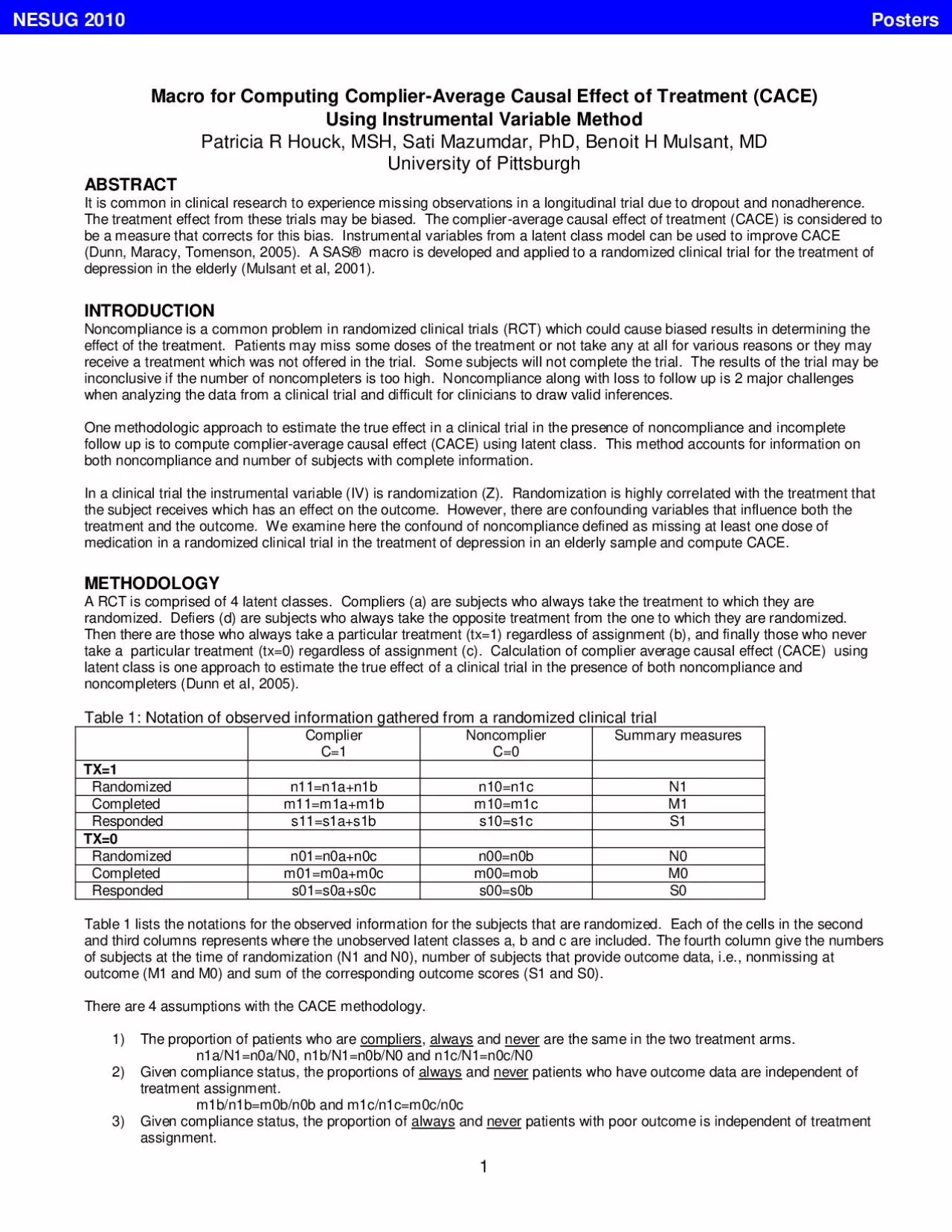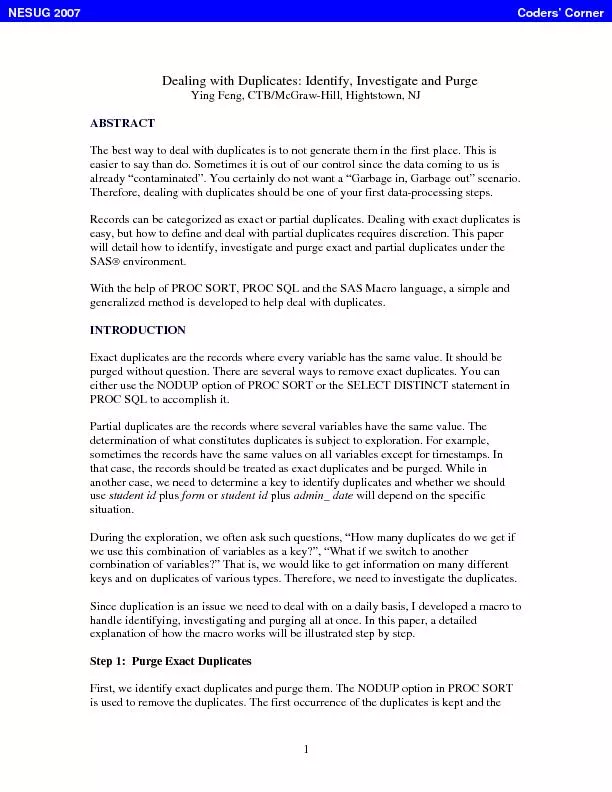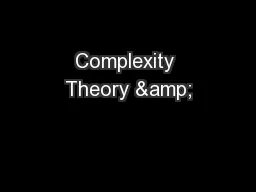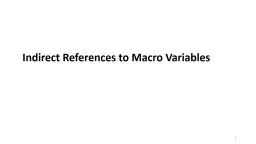PDF-Macro for Co
Author : claire | Published Date : 2021-08-17
1mputing ComplierAverage Causal Effect of Treatment CACE Using Instrumental Variable MethodPatricia R Houck MSH Sati Mazumdar PhD BenoitH Mulsant MDUniversity of
Presentation Embed Code
Download Presentation
Download Presentation The PPT/PDF document "Macro for Co" is the property of its rightful owner. Permission is granted to download and print the materials on this website for personal, non-commercial use only, and to display it on your personal computer provided you do not modify the materials and that you retain all copyright notices contained in the materials. By downloading content from our website, you accept the terms of this agreement.
Macro for Co: Transcript
Download Rules Of Document
"Macro for Co"The content belongs to its owner. You may download and print it for personal use, without modification, and keep all copyright notices. By downloading, you agree to these terms.
Related Documents














